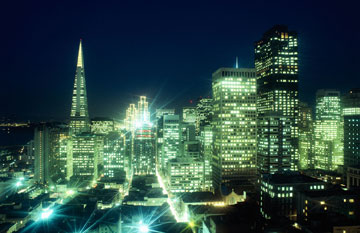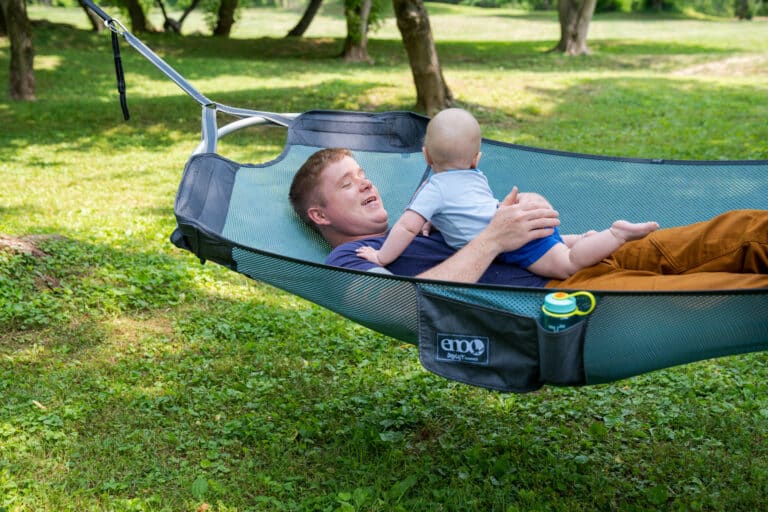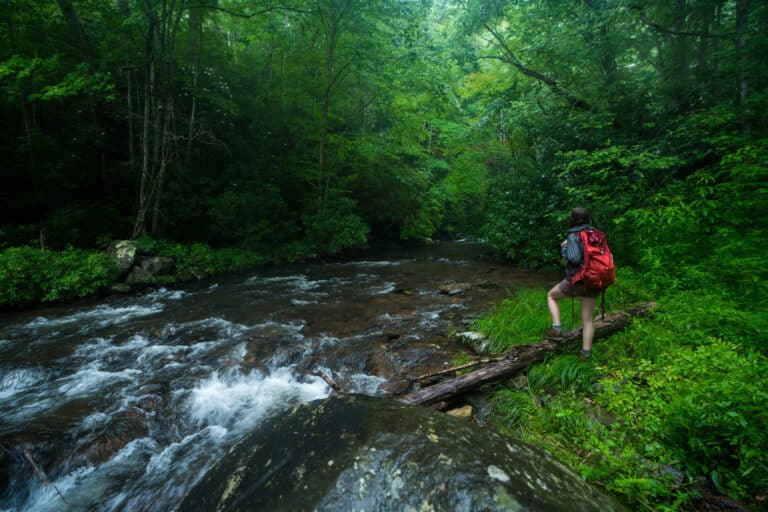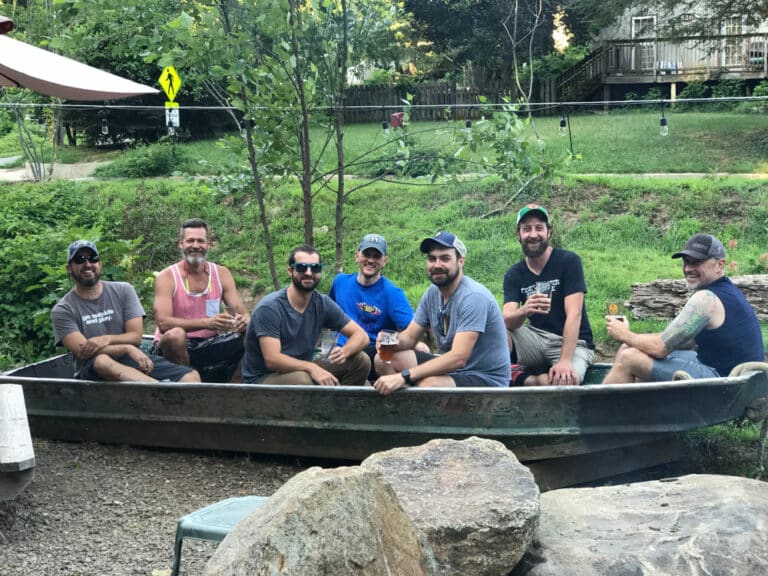The federally funded National Optical Astronomy Observatory reports that poorly-aimed, unshielded outdoor lights waste 17.4 billion kilowatt-hours of electricity in the U.S. each year. Photo cred: Brand X Pictures
EarthTalk®
E – The Environmental Magazine
Dear EarthTalk: Has anyone calculated the energy wasted at night by unnecessary lighting in and around buildings? What can we do to reduce our light footprint? — Bill Rehkamp, via e-mail
Americans do squander a lot of electricity keeping things lit up at night while most of us sleep. This light blocks our view of the night sky and stars, creates glare hazards on roads, messes with our circadian sleep-wake rhythms, interrupts the patterns of nocturnal wildlife, and is by and large annoying. It also takes a financial toll: The federally funded National Optical Astronomy Observatory (NOAO) reports that poorly-aimed, unshielded outdoor lights waste $2 billion (17.4 billion kilowatt-hours) of energy in the U.S. each year.
NOAO has monitored outdoor lighting levels across the U.S. and beyond for the past six years through its GLOBE at Night program whereby citizen-scientists track nearby outdoor lighting levels over a two-week period beginning in late March and submit their observations to NOAO electronically. A simple star map provided by NOAO is all that participants need to track their slice of sky. “All it takes is a few minutes for a family to measure their night sky brightness by noting how many stars are missing from an easy-to-find constellation like Leo (in the northern hemisphere) or Crux (in the southern hemisphere),” says GLOBE at Night project director Connie Walker. “This tells us how much light is directed upwards into the sky.”
Over the last six annual campaigns, participants from 100-plus countries have contributed almost 70,000 measurements, giving project organizers a detailed picture of light pollution globally. Unfortunately, analysis of the data shows that participants have seen brighter skies and fewer stars over time, meaning that light pollution is a growing problem. The free and publicly-accessible data gathered by the project is not only useful for educational purposes but can also help inform planners and policymakers on decisions about increasing public safety, reducing energy consumption and even identifying parks and green spaces that can serve as “sky oases” where city dwellers can appreciate the night sky from a safe, dark place.
According to the McDonald Observatory’s Dark Skies Initiative (DSI), the solution to light pollution is 90 percent education and 10 percent technology. “We can reclaim vast amounts of energy currently wasted inadvertently into the night sky…by using light fixtures that are shielded to reflect light down where it is needed, as well as using the smallest number of lights and lowest wattage bulbs necessary to effectively light an area,” says DSI. Leading by example through the installation of downward-pointing outdoor light fixtures is a great place for home and building owners to start: “Once people see it in action, and understand its implications for cost savings and enhanced visibility, they are far more likely to adopt good lighting practices on their own.” Another group committed to reducing light pollution, the International Dark-Sky Association, maintains a list of distributors that sell approved fixtures to prevent light pollution.
Some cities have instituted standards to limit outdoor night lighting to protect citizens against unwanted light (or “light trespass”). The International Dark-Sky Association has developed a set of model lighting ordinances that cities and towns can adopt and modify to suit their needs accordingly. Also, the U.S. Green Building Council has incorporated a credit for buildings seeking to reduce the amount of light trespass and sky glow through its Leadership in Energy and Environmental Design (LEED) program.
CONTACTS: GLOBE At Night, www.globeatnight.org; Dark Skies Initiative, www.mcdonaldobservatory.org/darkskies; International Dark Sky Association, www.darksky.org.
EarthTalk® is written and edited by Roddy Scheer and Doug Moss and is a registered trademark of E – The Environmental Magazine (www.emagazine.com). Send questions to: [email protected]. Subscribe: www.emagazine.com/subscribe. Free Trial Issue: www.emagazine.com/trial.








